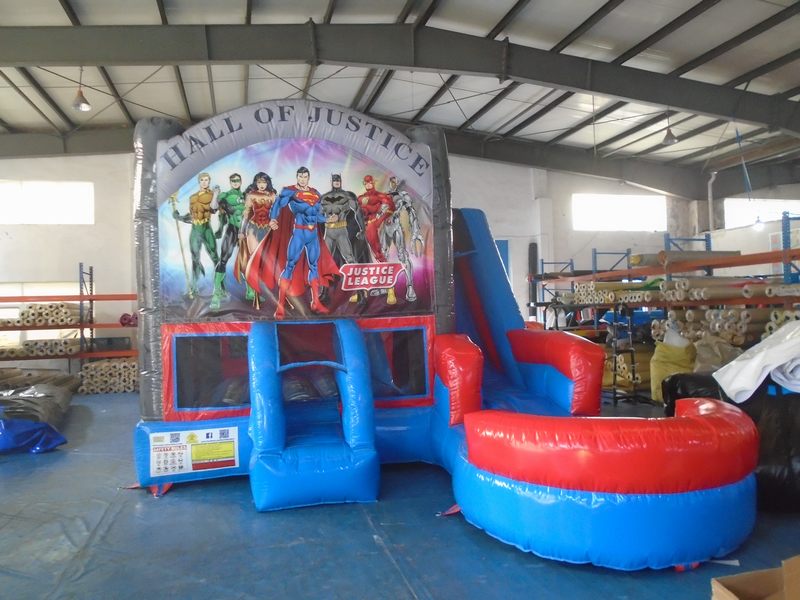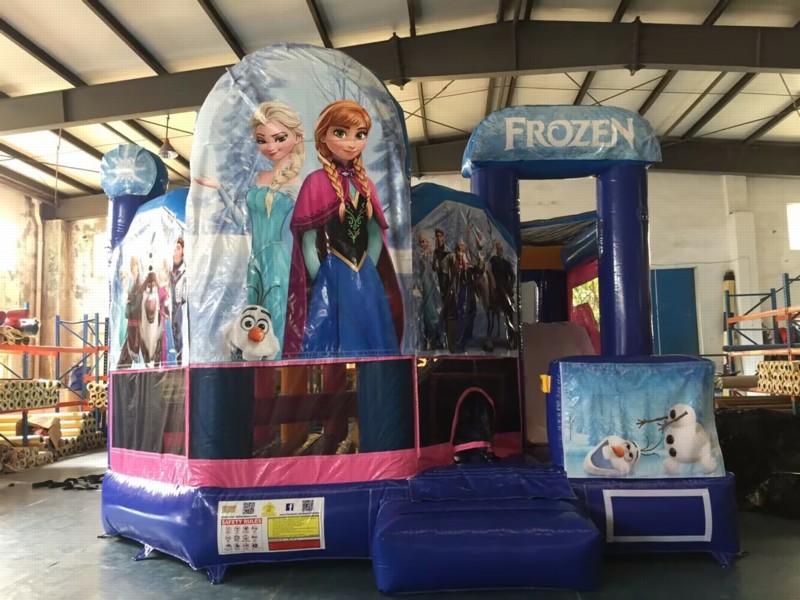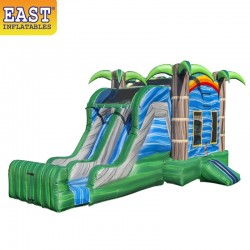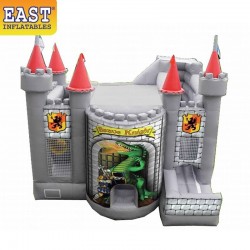
After rain or heavy use with water features, drying a wet bounce house is crucial to prevent mold, mildew, and damage. A properly dried bounce house will last longer and be safer for future use. In this article, we’ll outline the most effective steps for drying a bounce house quickly and efficiently.
1. Deflate and Drain Excess Water
Before drying the bounce house, start by deflating it and allowing excess water to drain off. Follow these steps:
- Turn off the blower: Once the blower is off, the bounce house will deflate, and water will start to pool in low areas.
- Remove standing water: Tilt or gently lift the bounce house to allow water to drain away from the surface.
- Dry off the blower unit: Ensure the blower and its electrical connections are dry, especially if they were exposed to rain.
2. Wipe Down the Surface
After removing excess water, use towels or cloths to wipe down the surface of the bounce house. This helps to remove any remaining moisture from the fabric and seams.
- Use absorbent towels: Wipe down large sections of the bounce house to remove water, especially in creases or folds where water might accumulate.
- Pay attention to seams: The seams and stitching areas often trap water. Use a cloth to dry these areas thoroughly.
3. Reinflate the Bounce House to Air Dry
Once most of the water is wiped away, reinflate the bounce house to let it air dry. This step ensures all moisture inside and outside the inflatable is removed. Here’s how:
- Run the blower for 1-2 hours: Keeping the bounce house inflated allows airflow to dry out the fabric and eliminate any hidden moisture.
- Leave in the sun: If possible, place the bounce house in direct sunlight. UV rays help speed up the drying process and kill bacteria that could lead to mold or mildew.
- Flip or reposition: After some time, flip or reposition the bounce house to ensure all sides receive airflow and sunlight.
4. Use Fans for Faster Drying
If the weather is humid or you need the bounce house to dry quickly, you can use additional fans to help circulate air. Set up one or more fans to blow air over the surface of the bounce house for quicker drying.
- Position fans around the inflatable: Use multiple fans to target different sections, especially the parts that are still damp.
- Rotate the bounce house: For larger bounce houses, periodically move the fans or rotate the inflatable for even drying.
5. Inspect and Fold for Storage
Once the bounce house is completely dry, carefully inspect it to ensure no moisture remains. This step is crucial to avoid mold growth during storage. Follow these tips:
- Check seams and interior areas: Feel around for any remaining damp spots, especially in hidden areas or corners.
- Fold loosely for ventilation: When folding the bounce house, fold it loosely to allow for any residual air circulation, especially if you plan to store it immediately.
- Store in a dry location: Always store the bounce house in a cool, dry area to avoid moisture buildup during storage.
Conclusion
Drying a wet bounce house quickly and effectively requires proper draining, wiping, air drying, and inspection. By following these steps, you can prevent mold and extend the life of your inflatable. With consistent care, your bounce house will be ready for safe, long-term use, even after exposure to water.






Leave a Comment